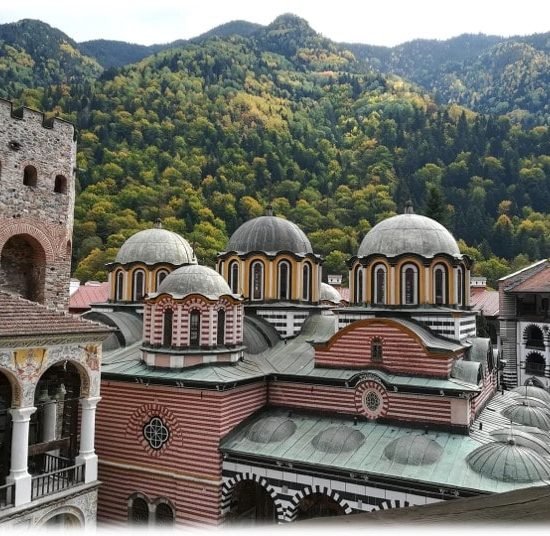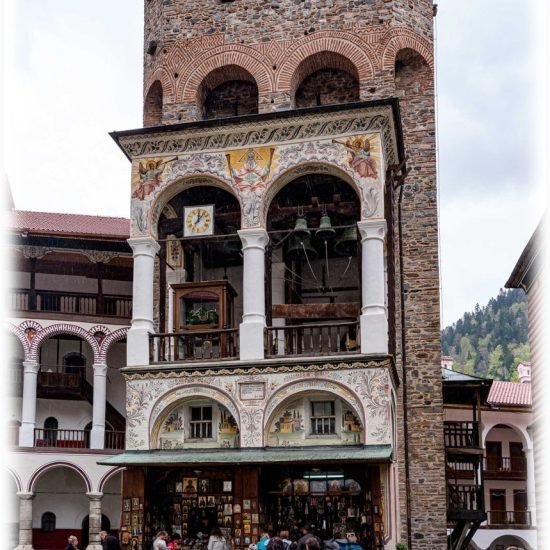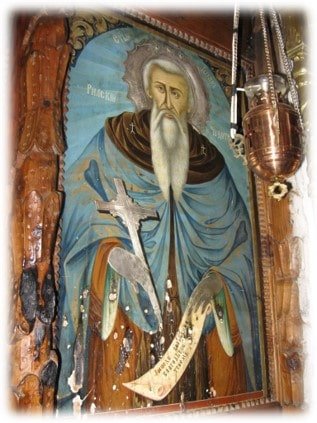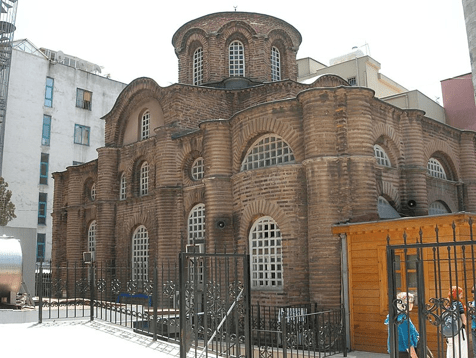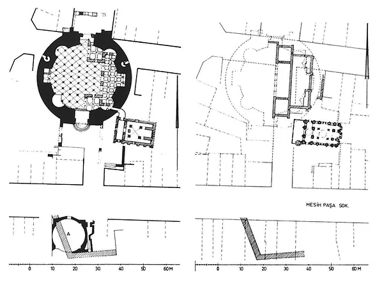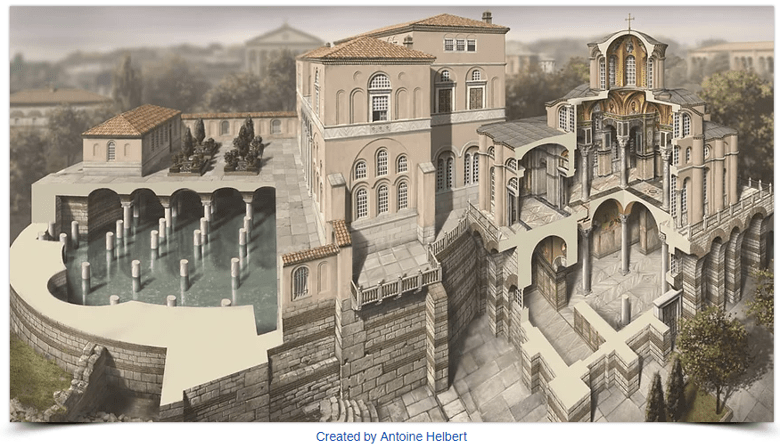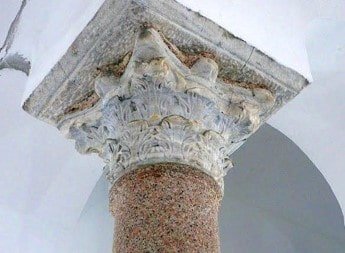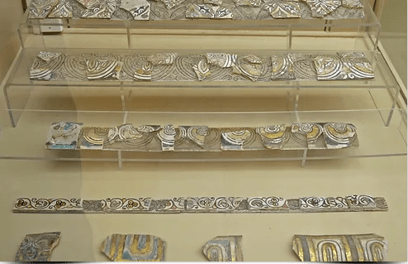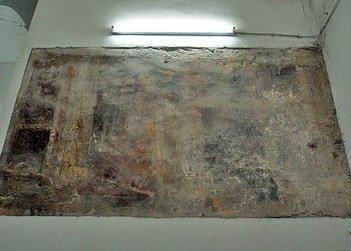Myrelaion Monastery
per person
The Myrelaion monastery was founded on the premises of a palace which the future Emperor Romanos Lekapenos constructed in the place called Myrelaion (=»the place of myrrh») in Constantinople. The palace was built upon a huge 5th century rotunda with an external diameter of 41.8 metres. The rotunda was transformed into a cistern with the help of 70 columns and a system of vaults. This palace became the center of his imperial authority after his accession to the throne as well as the family shrine of the Lekapenoi. The first to be buried there were his wife Theodora (+922) and his eldest son Christopher (+931). Romanos Lekapenos transformed it later into a nunnery and, after his deposition and death in exile in 948, he was also buried in Myrelaion.
It suffered damages during the Fourth Crusade but was repaired by the end of the 13th century. Around 1500 it became a mosque. Fires in 1784 and in 1911 damaged the building severely and after the second fire it was abandoned.
FORMAL ANALYSIS
From the 10th century little has been preserved and nothing of its monastic elements has survived.
The main structure is built on bricks and stone alternatively and has a cross-in-square plan. The central nave is domed and this dome bears windows. The form of the dome and drum is the so-called “pumpkin dome”, that is a fluted surface. Originally columns partitioned the nave which were replaced by piers in the ottoman period.
To the west there is a domed narthex and a hieron bema (sanctuary) with a polygonal apse to the east. Next to the sanctuary there were two side chapels (pastophoria), the so-called prothesis and diakonikon. A Byzantine exonarthex was replaced in the Ottoman phase by a wooden portico.
Totally lost are also the marble revetment and the mosaics of the original Byzantine construction. A minaret was constructed by the Ottomans close to the narthex.
The complex included a substructure which aimed originally to bring the church to the same level with the palace. After the end of the 13th century, the substructure was used as burial chapel.
EKATERINI MITSIOU
- MYRELAION MONASTERY © PHOT. https://pemptousia.com/2016/09/a-visit-to-the-byzantine-monastery-of-myrelaion-in-constantinople/
- MYRELAION MONASTERY © PLAN: MÜLLER-WIENER
- RECONSTRUCTION OF THE ENTIRE COMPLEX © Antoine Helbert
- MYRELAION, SUBSTRUCTURE WITH COLUMNS (INTERIOR) © PHOT. https://www.thebyzantinelegacy.com/myrelaion
- THE SECONDARY CHURCH, BENEATH THE CURRENT MOSQUE © PHOT. https://pemptousia.com/2016/09/a-visit-to-the-byzantine-monastery-of-myrelaion-in-constantinople/
- CORINTHIAN CAPITAL © PHOT. https://pemptousia.com/2016/09/a-visit-to-the-byzantine- monastery-of-myrelaion-in-constantinople/
- MYRELAION, FRAGMENTS OF GLAZED REVETMENT TILES, 10th CENTURY © FOT. https://www.thebyzantinelegacy.com/myrelaion
- FRAGMENTARY FRESCO IN THE SECUNDARY CHURCH © PHOT. https://pemptousia.com/2016/09/a-visit-to-the-byzantine- monastery-of-myrelaion-in-constantinople/
- RECONTRUCTION OF THE FRESCO OF HODEGETRIA AN FEMALE DONOR BY STRIKER © PHOT. https://www.thebyzantinelegacy.com/myrelaion
Tour Location
Myrelaion Monastery
| Other monuments and places to visit | The remains of the Byzantine Palace; many Byzantine remains in the city |
| Natural Heritage | |
| Historical Recreations | |
| Festivals of Tourist Interest | |
| Fairs | |
| Tourist Office | |
| Specialized Guides | |
| Guided visits | |
| Accommodations | Many hotels in the city |
| Restaurants | Many restaurants in the city |
| Craft | |
| Bibliography | |
| Videos | |
| Website |
| Monument or place to visit | Monastery of Myrelaion (Bodrum Mosque) |
| Style | Remains of Late Antiquity, 10th, late 13th century and Ottoman |
| Type | Monastic architecture |
| Epoch | 5th, 10th century/13th century and Ottoman |
| State of conservation | Good condition |
| Degree of legal protection | |
| Mailing address | |
| Coordinates GPS | 41°0′31″N 28°57′20″E |
| Property, dependency | |
| Possibility of visits by the general public or only specialists | Mosque |
| Conservation needs | Yes |
| Visiting hours and conditions | It is a mosque |
| Ticket amount | |
| Research work in progress | Between1964–1965 the Archaeological Museum of Istanbul restored the monument and replaced almost all the external masonry of the building. In 1965, there were two parallel excavations by Cecil L. Striker and by R. Naumann focusing on the substructure and the imperial palace. In 1986 a restoration took place, and the building was again used as mosque. 1990: a restoration of the cistern took place; for some years, it hosted a shopping mall |
| Accessibility | |
| Signaling if it is registered on the route | |
| Bibliography | Rudolf Naumann, Der antike Rundbau beim Myrelaion und der Palast Romanos I. Lekapenos. Istanbuler Mitteilungen 50 (1966), 424–439. Wolfgang Müller-Wiener, Bildlexikon zur Topographie Istanbuls. Byzantion, Konstantinopolis, Istanbul bis zum Beginn des 17. Jahrhunderts. Wasmuth, Tübingen 1977. Cecil L. Striker, The Myrelaion (Bodrum Camii) in Istanbul. Princeton 1981. Philipp Niewöhner, Jenny Abura, Walter Prochaska, Der frühbyzantinische Rundbau beim Myrelaion in Konstantinopel. Kapitelle, Mosaiken und Ziegelstempel. Istanbuler Mitteilungen 60 (2010) 411–459 Robert Ousterhout, Master Builders of Byzantium. Philadelphia 2008, 17-20. |
| Videos | Youtube Youtube Youtube (Rotunda) |
| Information websites | wikipedia.org thebyzantinelegacy.com |
| Location | District of Fatih, Istanbul, Turkey |




